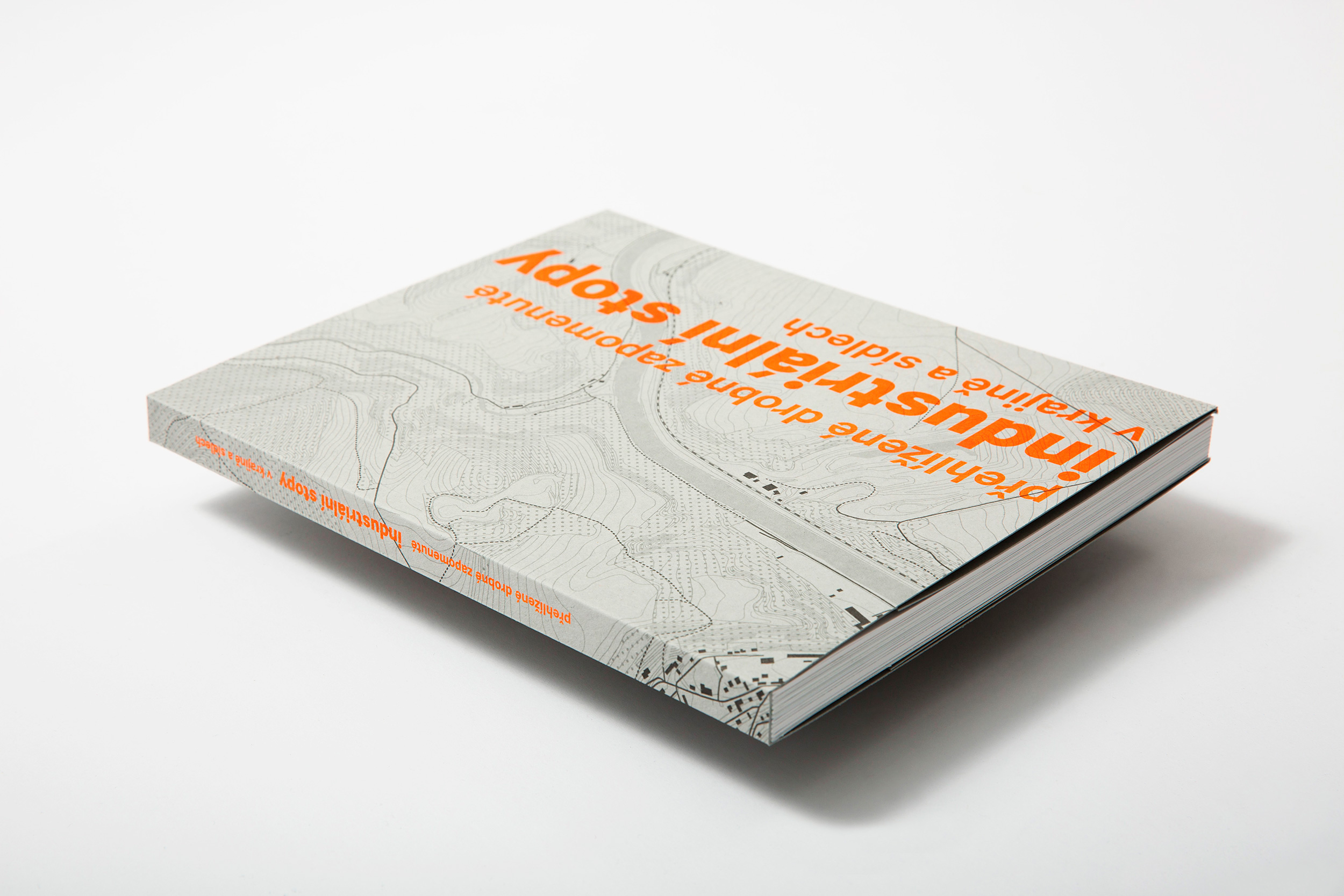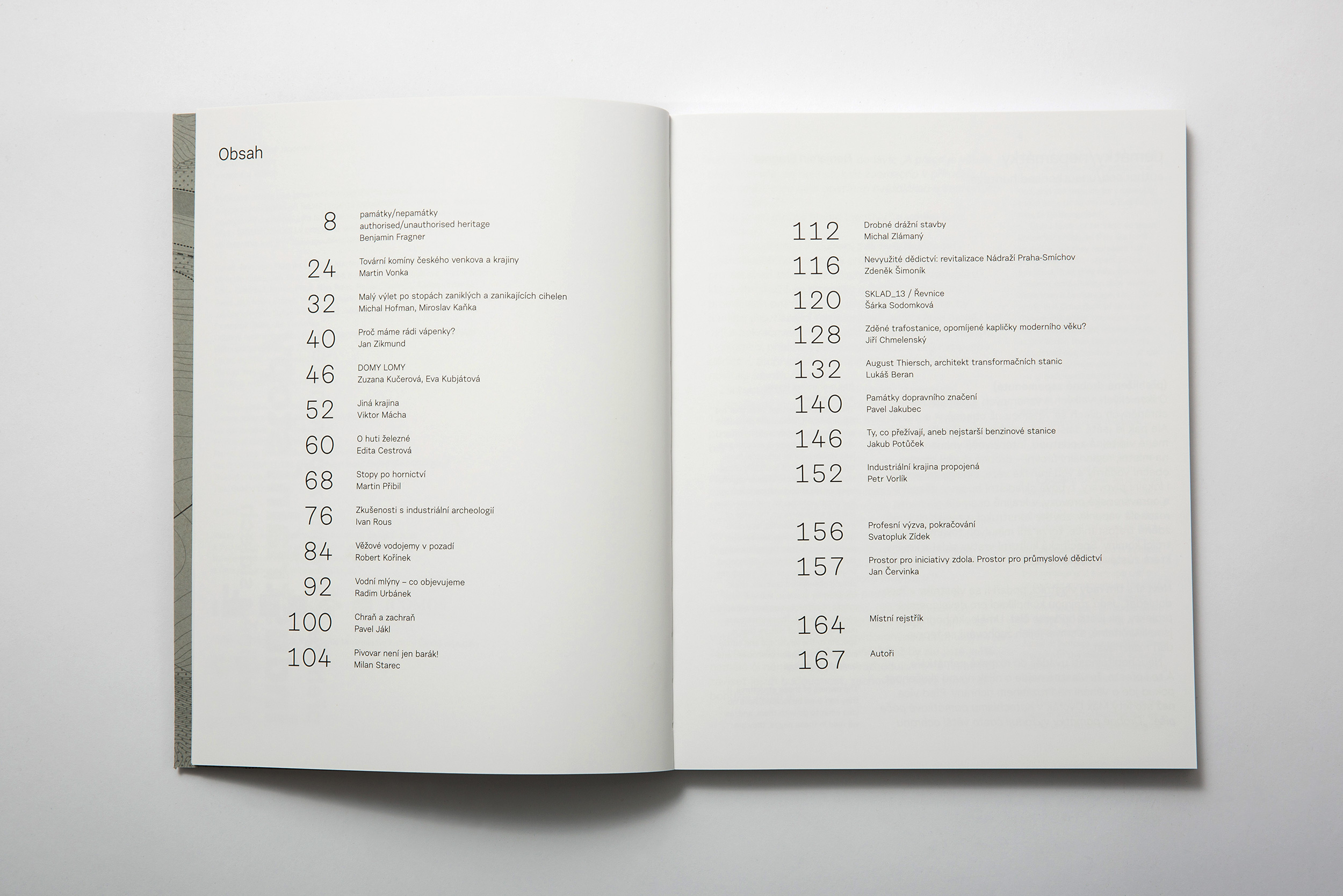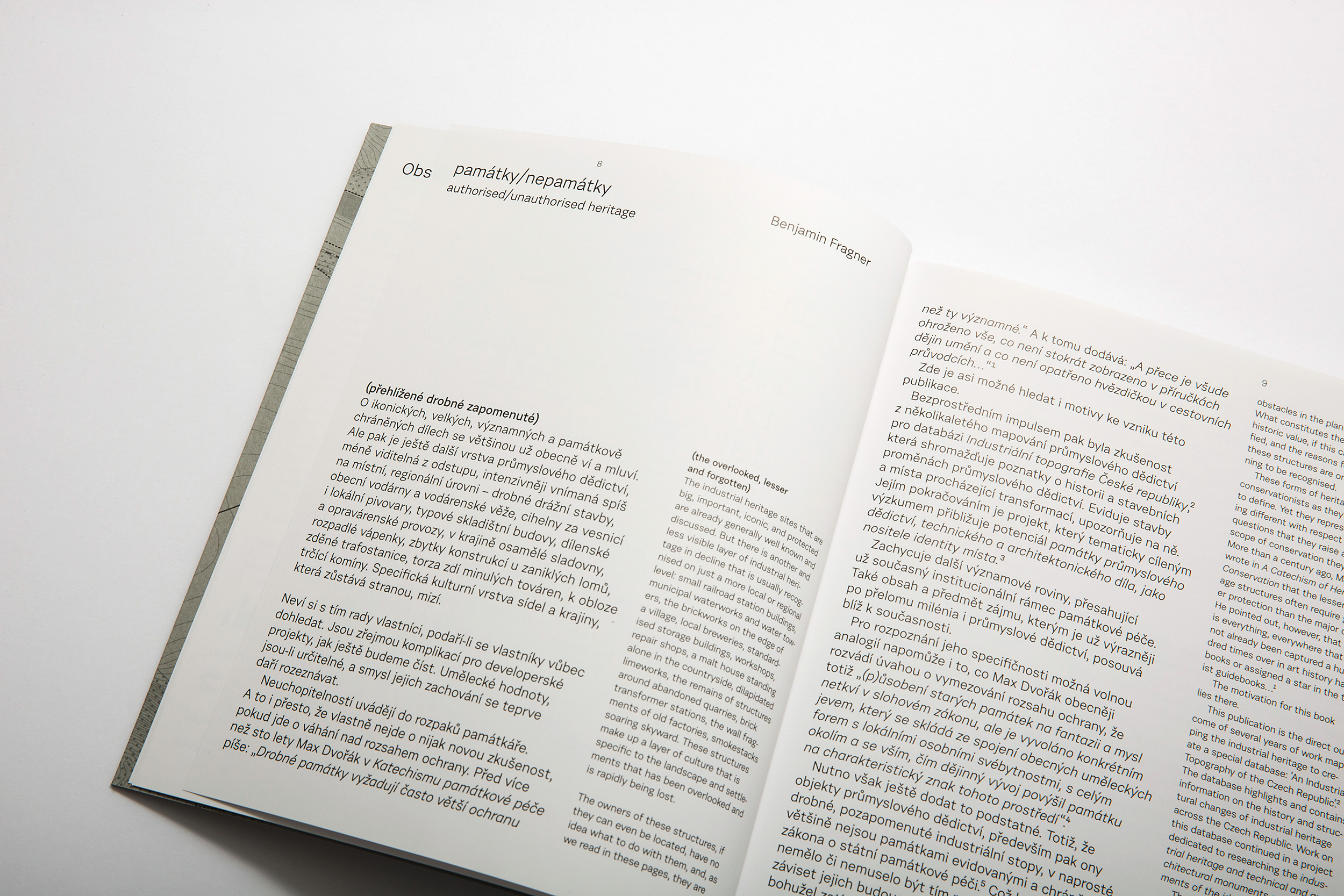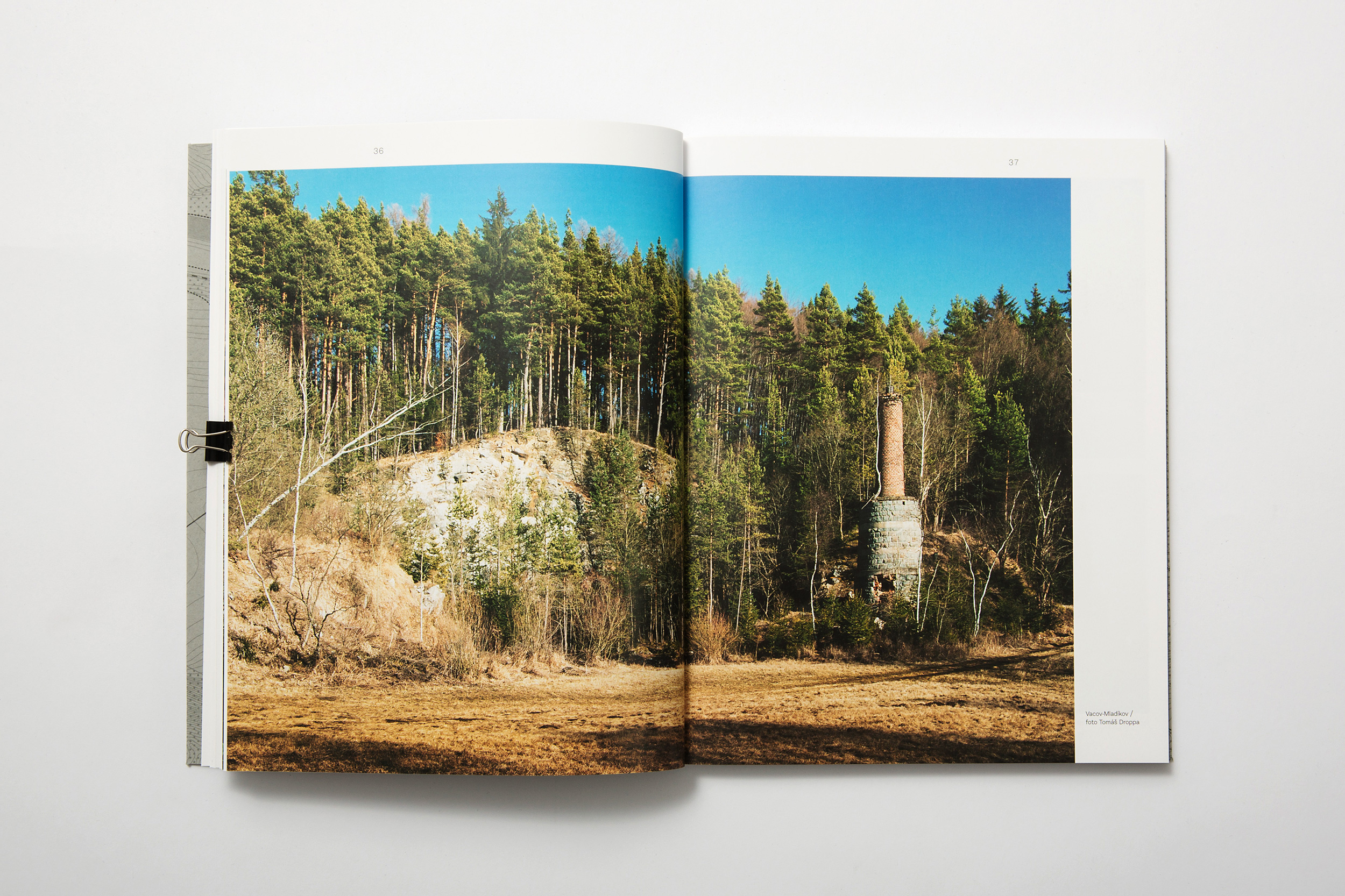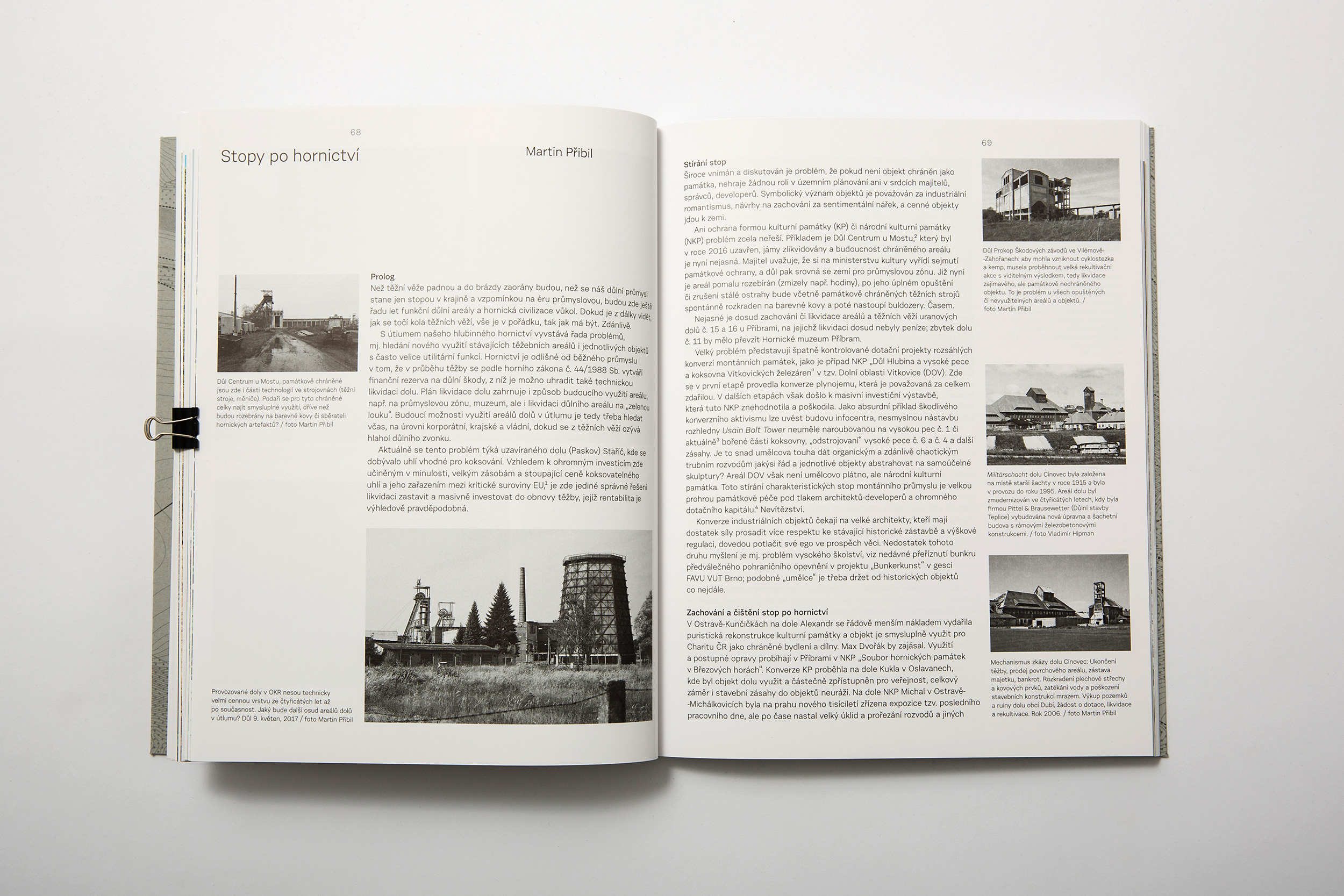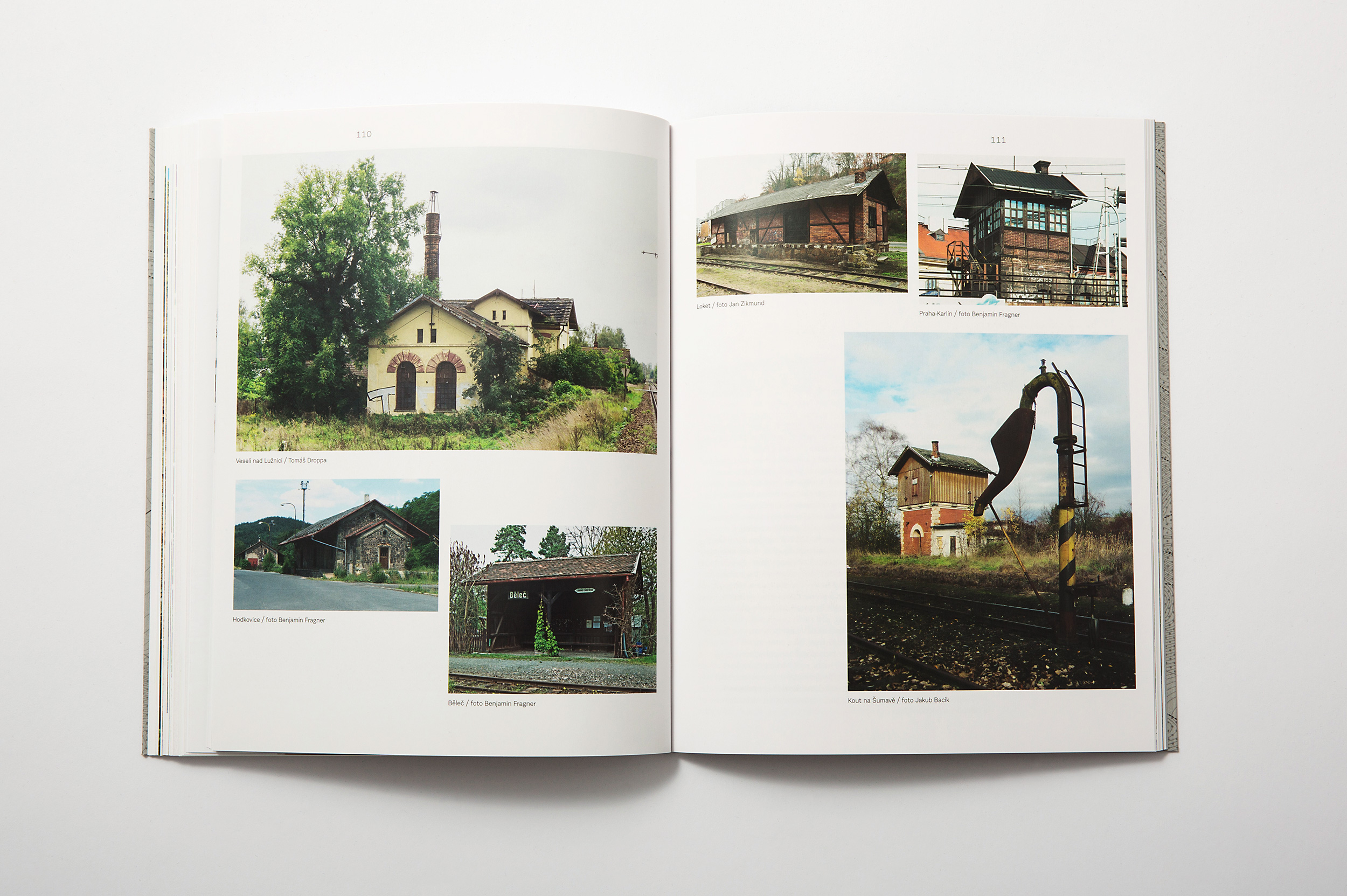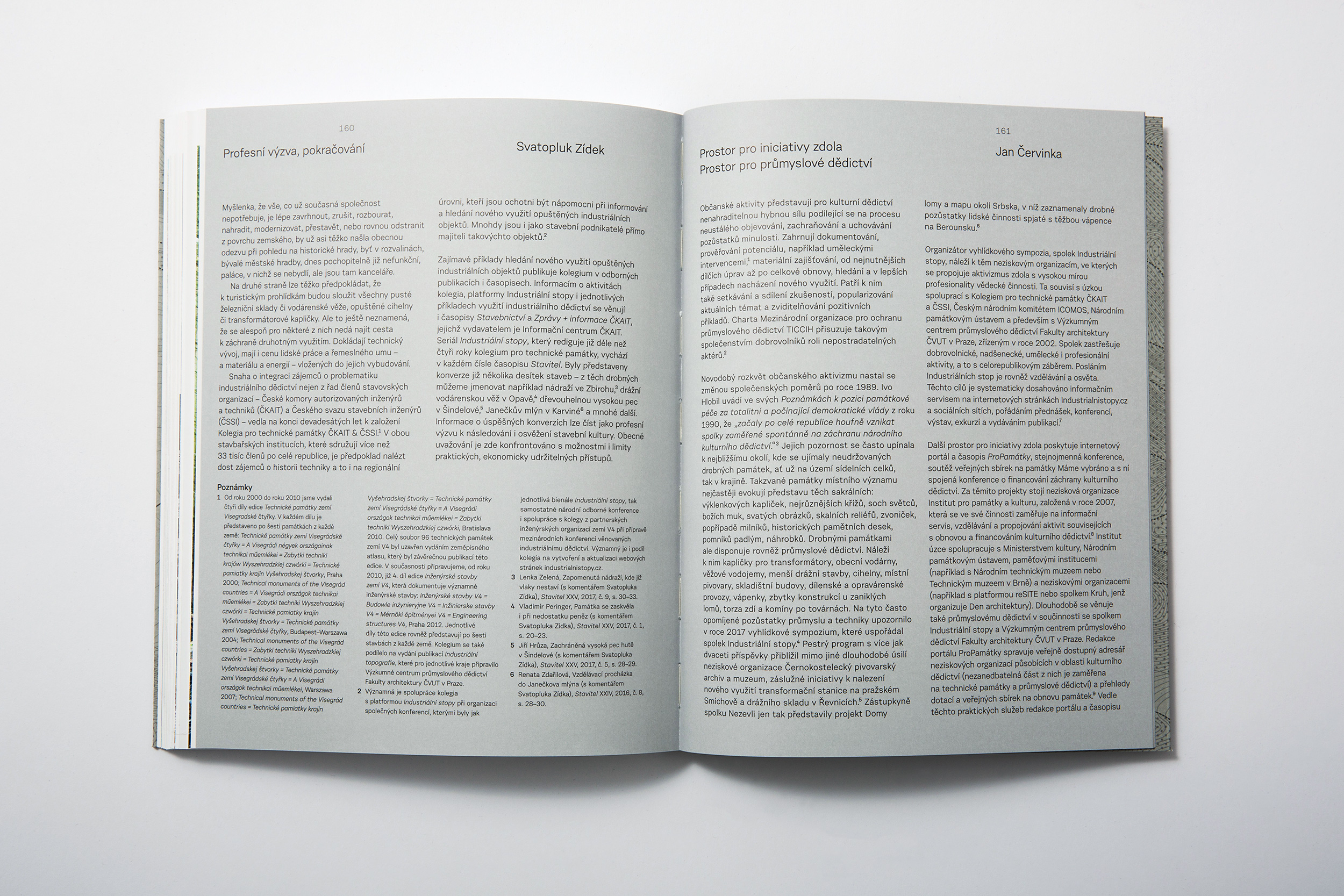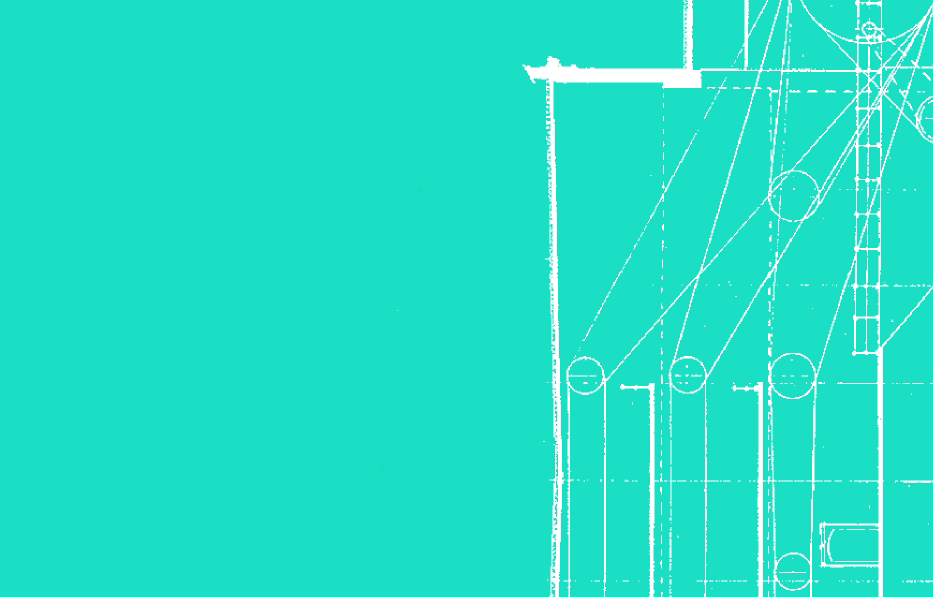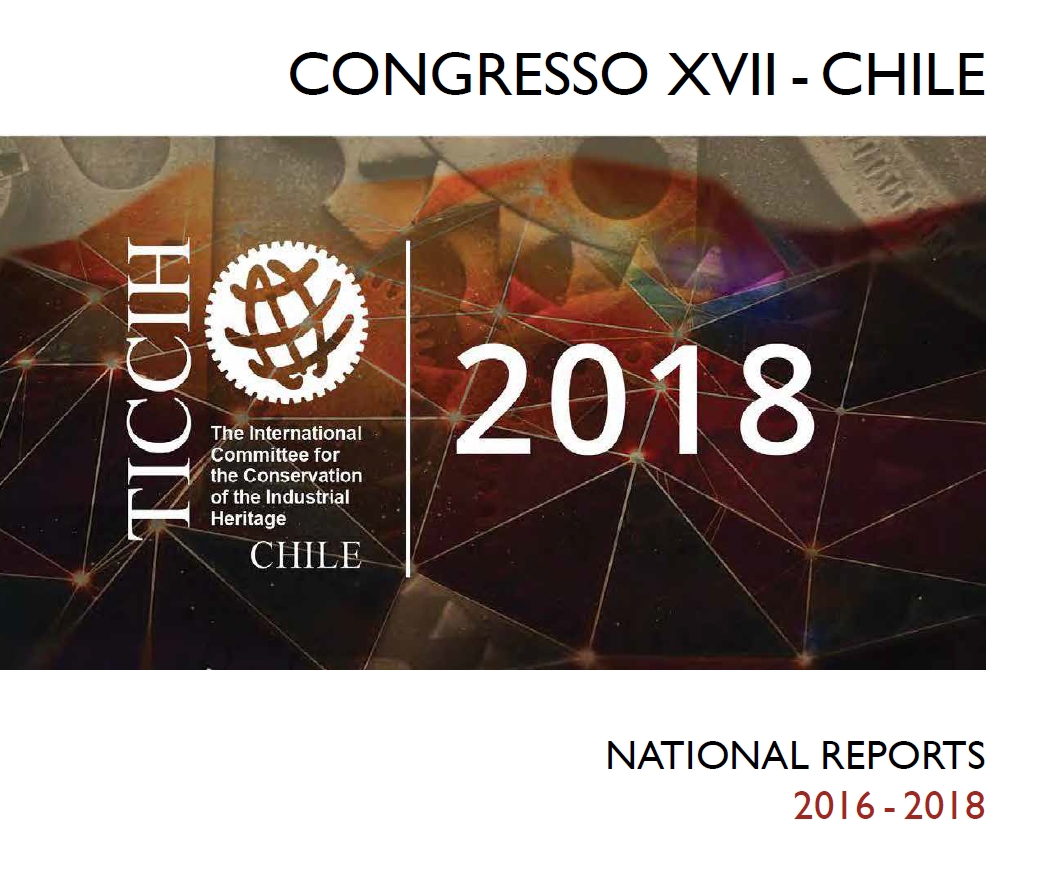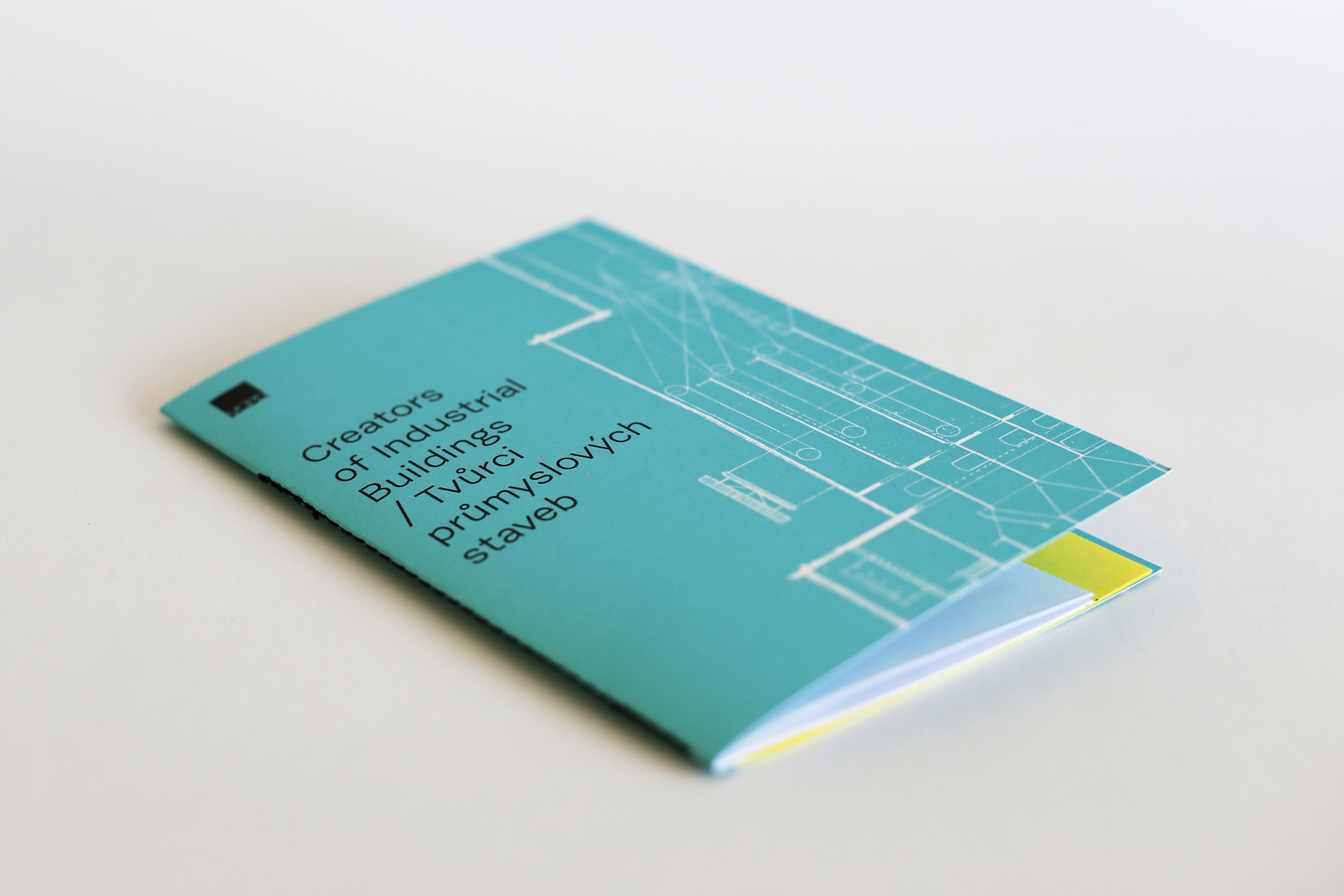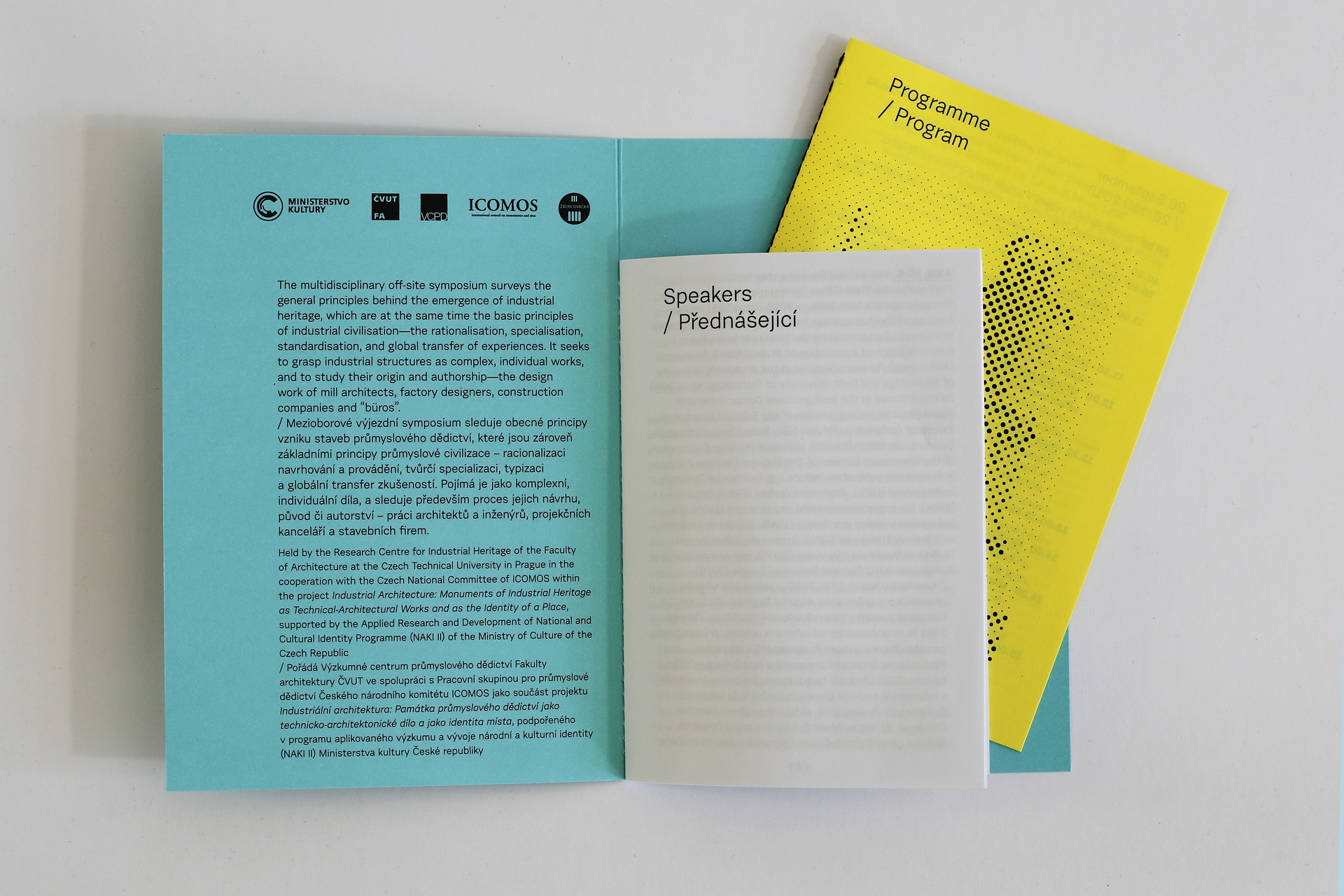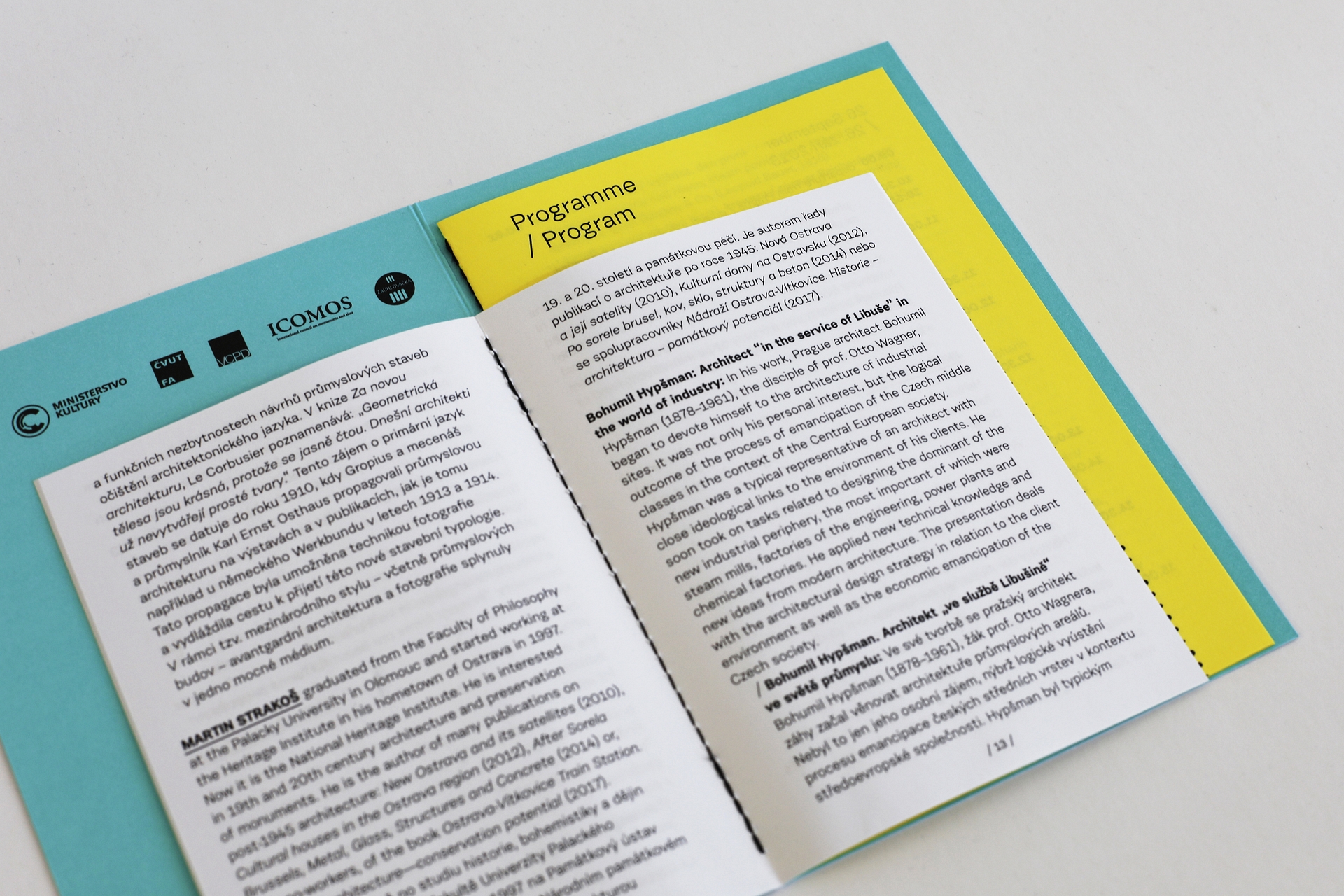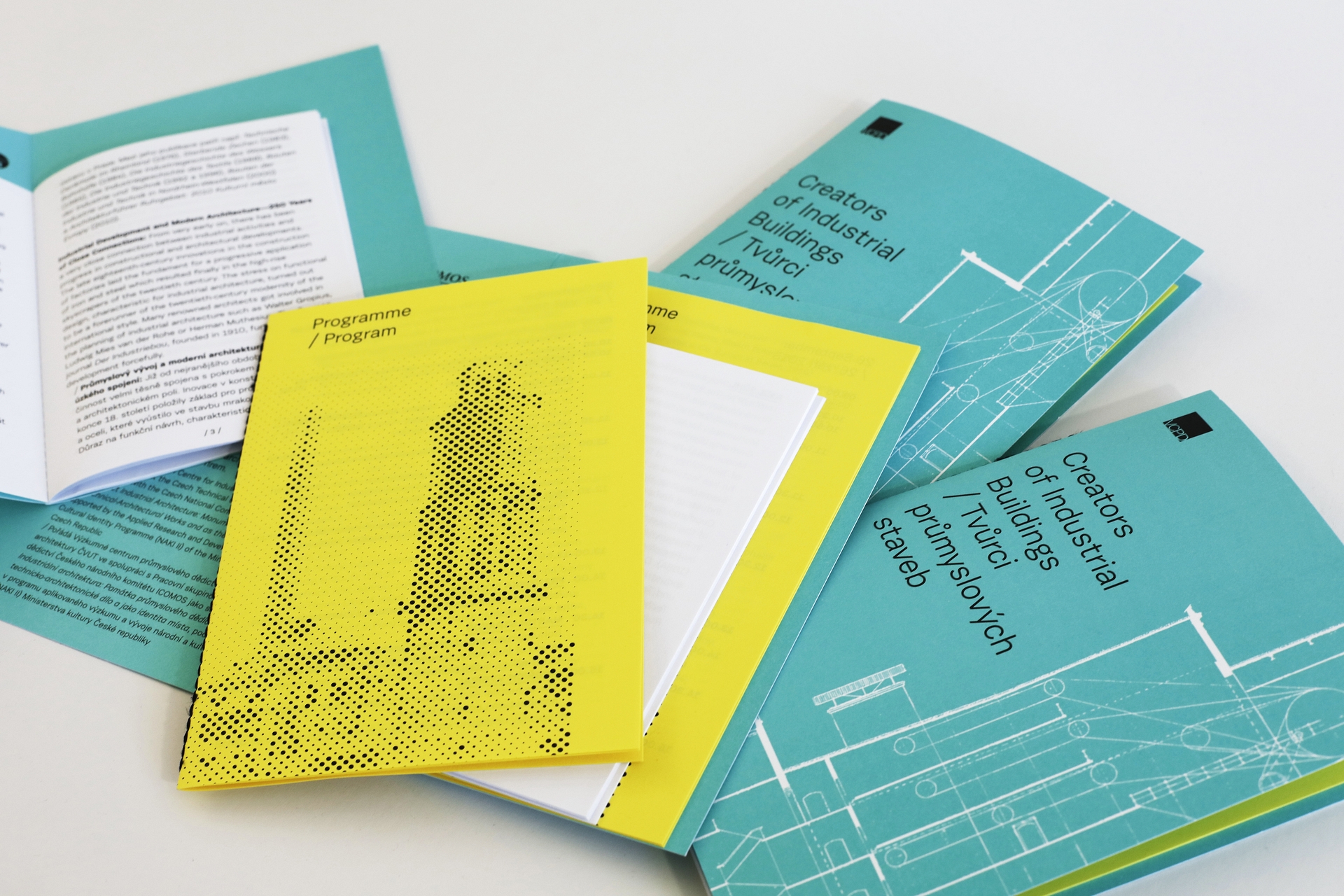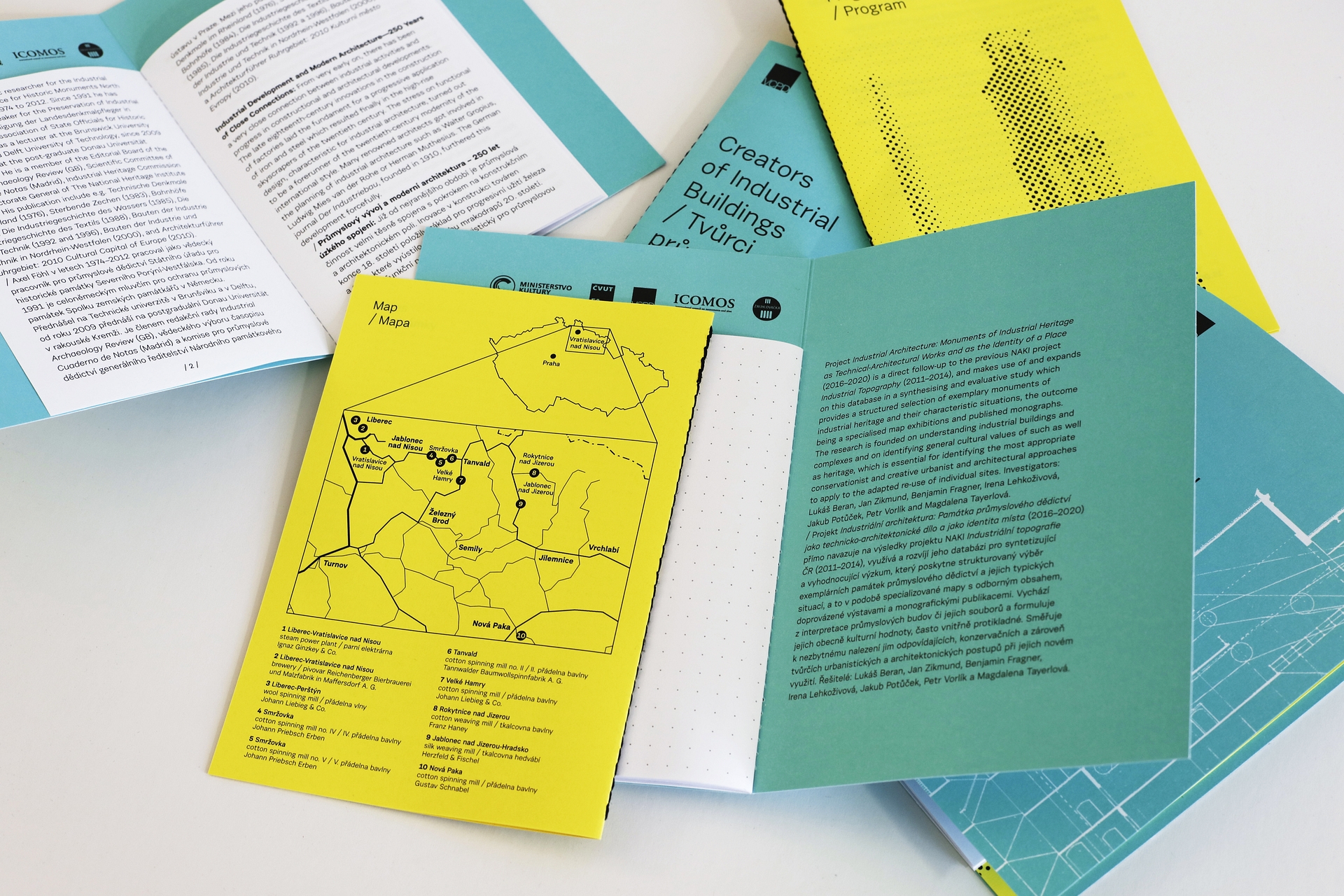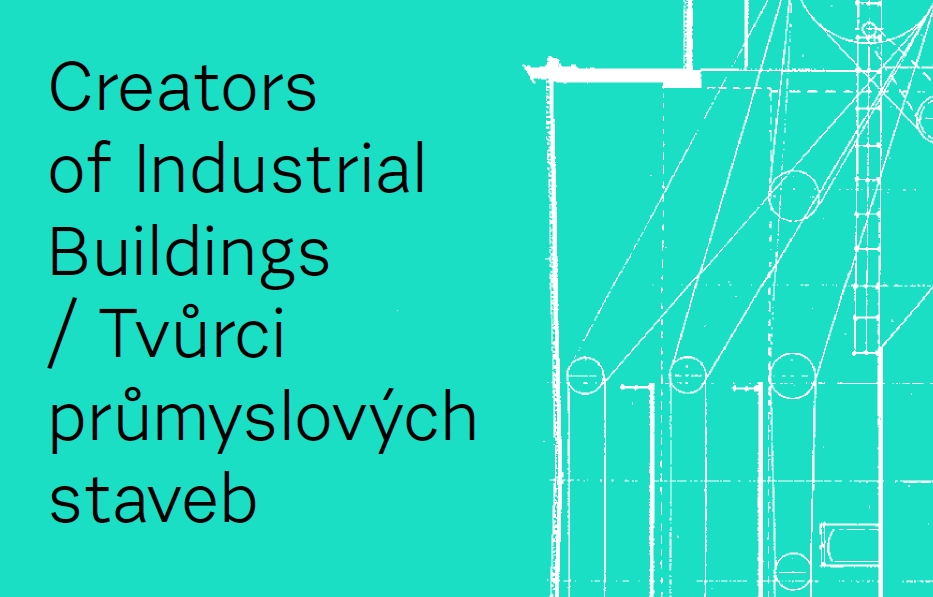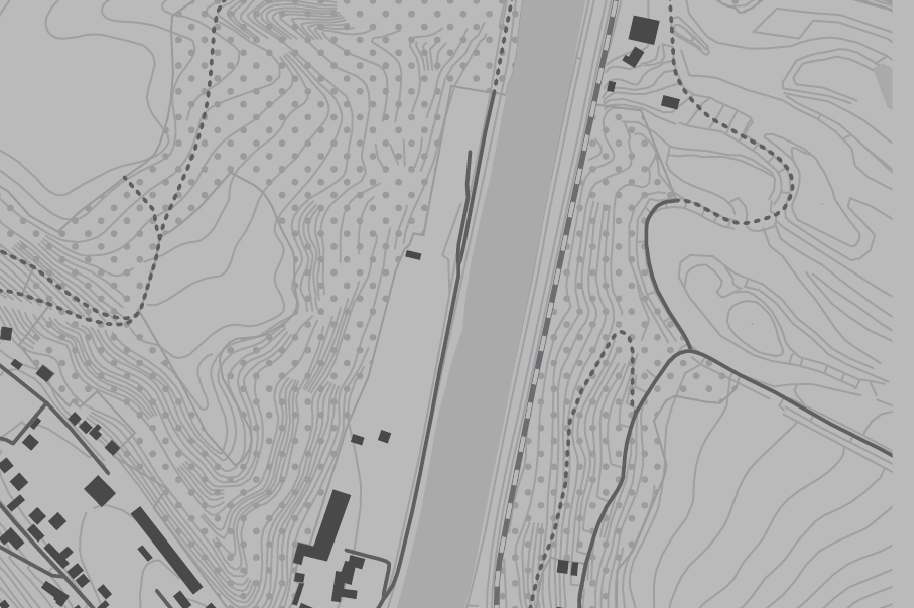The industrial heritage sites that are big, important, iconic, and protected are already generally well known and discussed. But there is another and less visible layer of industrial heritage in decline that is usually recognised on just a more local or regional level: small railroad station buildings, municipal waterworks and water towers, the brickworks on the edge of a village, local breweries, standardised storage buildings, workshops, repair shops, a malt house standing alone in the countryside, dilapidated limeworks, the remains of structures around abandoned quarries, brick transformer stations, the wall fragments of old factories, smokestacks soaring skyward. These structures make up a layer of culture that is specific to the landscape and settlements that has been overlooked and is rapidly being lost.
The publication represents an outcome of the project Industrial Architecture: Understanding Monuments of Industrial Heritage as Technical-Architectural Works and as a Source of Identity of a Place supported by the Ministry of Culture of the Czech Republic under its NAKI II (National and Cultural Identity) Applied Research Programme (DG16P02H001)
Benjamin Fragner (ed.), The Overlooked Lesser and Forgotten Vestiges of Industry in the Landscape and in Settlements, Prague 2017.
168 pages; Czech/English Introduction; 207 images and plans; ISBN 978-80-01-06327-9 / authors Benjamin Fragner (editor), Martin Vonka, Michal Hofman, Miroslav Kaňka, Jan Zikmund, Zuzana Kučerová, Eva Kubjátová, Viktor Mácha, Edita Cestrová, Martin Přibil, Ivan Rous, Robert Kořínek, Radim Urbánek, Pavel Jákl, Milan Starec, Michal Zlámaný, Zdeněk Šimoník, Šárka Sodomková, Jiří Chmelenský, Lukáš Beran, Pavel Jakubec, Jakub Potůček, Petr Vorlík, Svatopluk Zídek, Jan Červinka / scientific review Lenka Popelová, Jan Palas / editing support Jan Zikmund / index of places Irena Lehkoživová / proofreading Hana Hlušičková / translation Robin Cassling / graphic design Jan Forejt / treatment of reproductions Jiří Klíma / map editing FRVR / production Gabriel Fragner / font Urban Grotesk / paper GardaPat, Gmund Heidi Faded Grey / dtp Formall / print Quatro print / published by the Research Centre for Industrial Heritage FA CTU Prague and Vestiges of Industry platform
